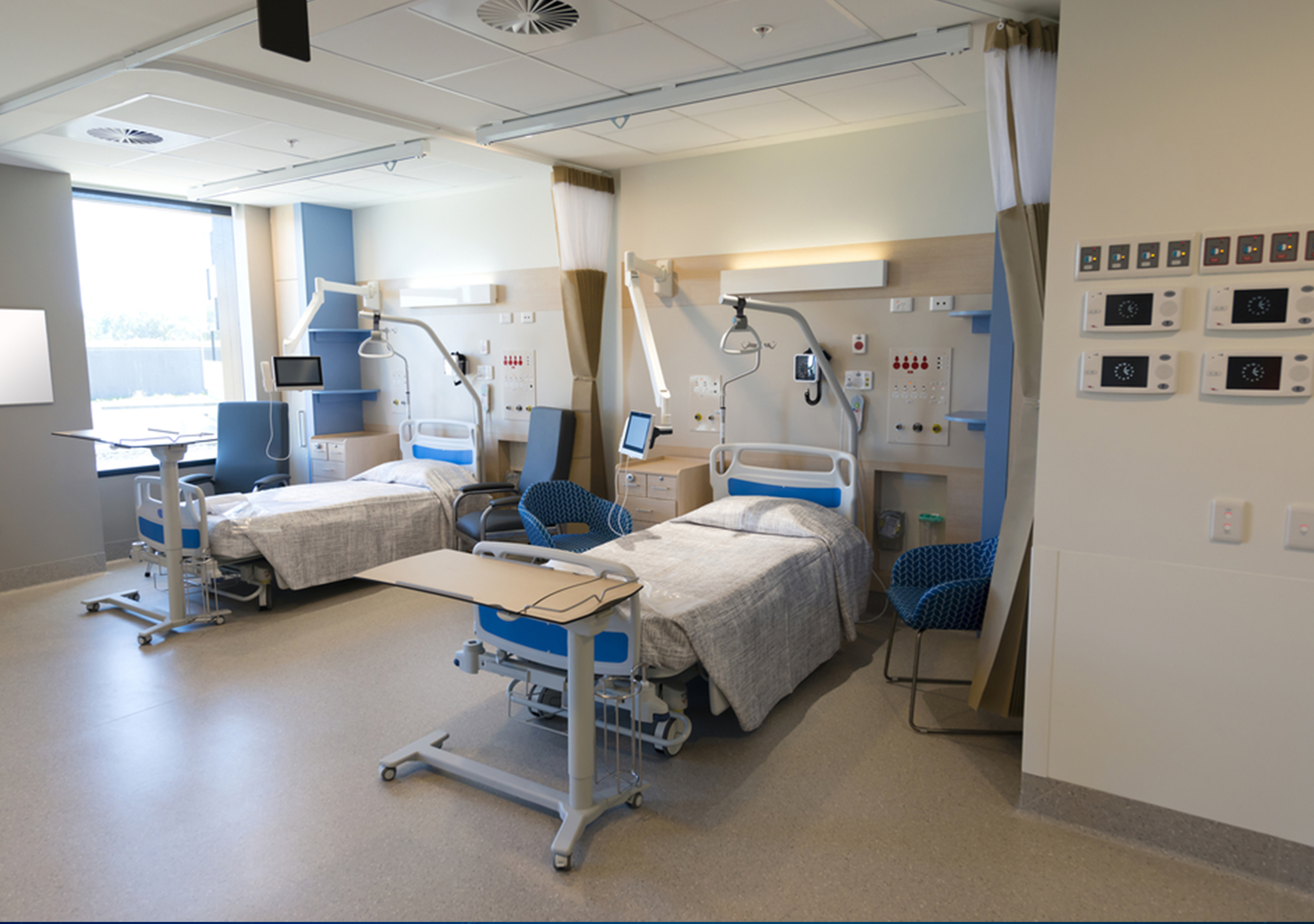
April 27, 2017
Sometimes a few fundamental changes can breathe new life into an existing process and, as a result, enhance the performance of your surgeons and staff. Even if your routine is working relatively well, service line changes in your operating room can achieve improved results, such as higher levels of surgeon satisfaction and patient care quality, both of which can generate greater value for your organization and your patients. But any changes in and around the surgical suite need surgeon support to optimize success.
Here are six guidelines to help you better engage surgeons as a first step toward project planning and improved performance.
- Develop a communication strategy
- Team up for engagement
- Show the data
- Set deadlines
- Plan for success
- Celebrate your results
Develop a Communication Strategy
Successful surgeon engagement requires a communication strategy that allows surgeons to share their ideas. Input from surgeons is vital for ensuring everyone’s needs and goals are met. Share your plans for improvement and ask the surgeons what ideas they have. Make sure that you’re available to listen when their schedules permit.
 Team Up for Engagement
Team Up for Engagement
Your initiatives will be more successful when you have key members of the administration in your corner. Rally support from senior management, medical leadership, operations, and human resources. These stakeholders can help champion your initiatives and motivate your surgeons to buy in and participate in the process.
Show the Data
Use data to identify opportunities for improvement. Continue to measure so that you can track progress over time and demonstrate how your service line changes are affecting operating room efficiencies, surgeon experiences, and patient care. Your reports should include summary data for high-level reviews as well as the ability to drill down into the details.
Set Deadlines
Surgeons and other stakeholders will be more likely to support your improvement plan if you provide clear, concise milestones and a well-developed timeline. Establish clear deadlines for the end of each phase of the project and provide frequent notification of these deadlines to surgeons. Adhering to deadlines will establish the importance of your project milestones and result in less pushback throughout the project.
Plan for Success
Show achievements with visual data to provide additional credibility. Share your success at each milestone. Communicating early success, in particular, will help bolster the project’s momentum by showing stakeholders that the project’s scope is manageable.
Celebrate Your Results
Communicating success early and often with visual, defensible data increases visibility for the project and reinforces the changes that are driving improvement. It alerts supporters and surgeons that their contributions helped enhance the operating room experience.
A positive surgeon engagement strategy and a successfully implemented program can yield near-term benefits and will help you and your surgeons work together more effectively on future improvements. If you’re thinking about a new performance initiative for your OR, start by downloading Six Guidelines to Engage Surgeons on Clinical Services Improvements so that you can get the level of buy-in and participation from your surgeons that’s crucial to successful project implementation.



Comments are closed.